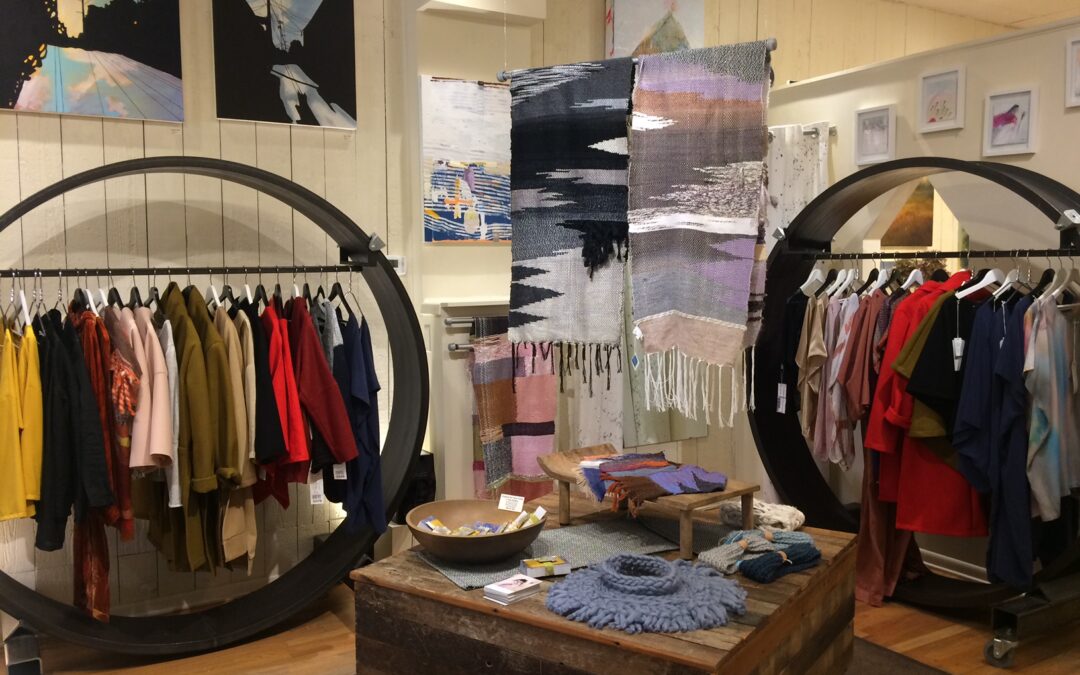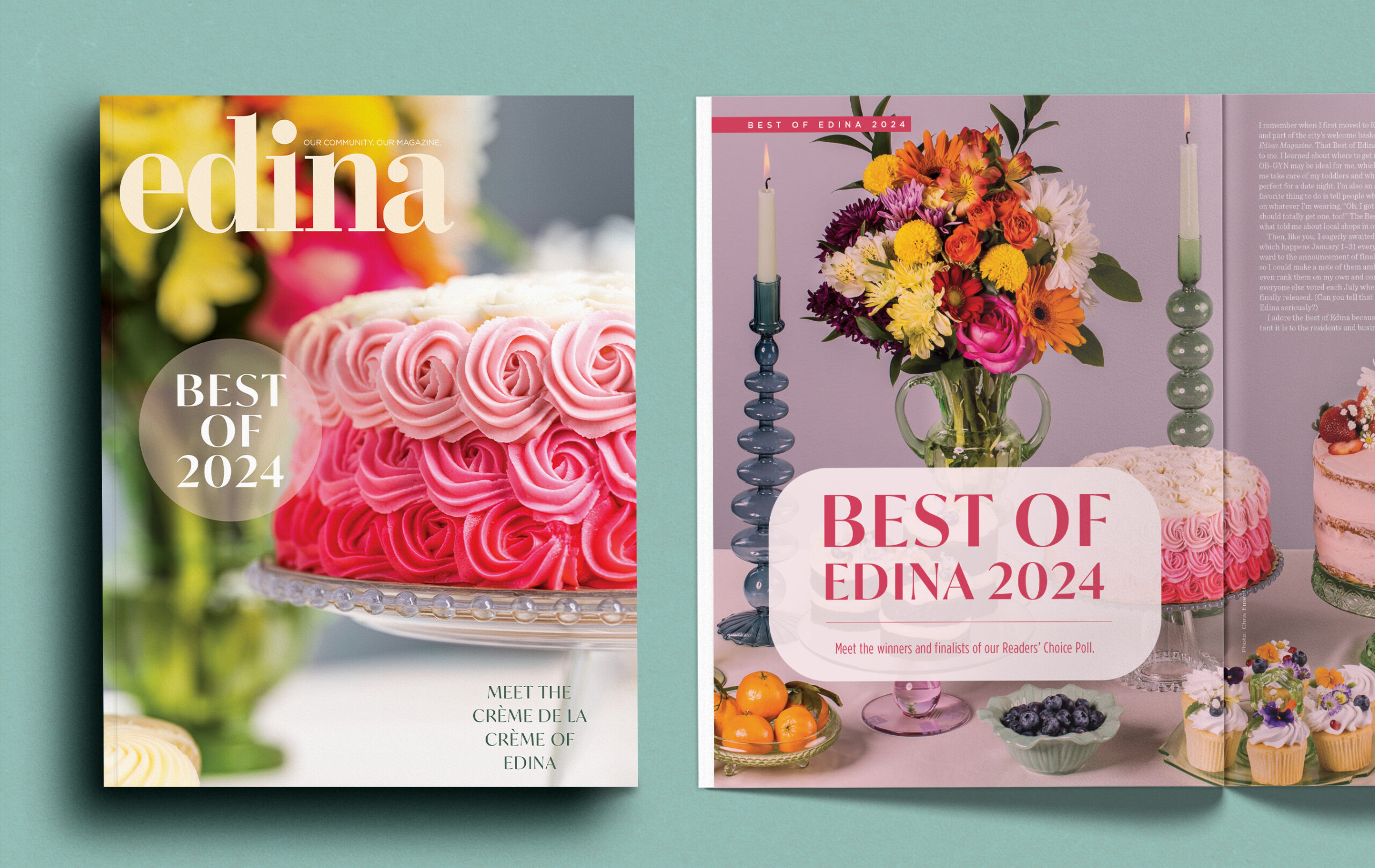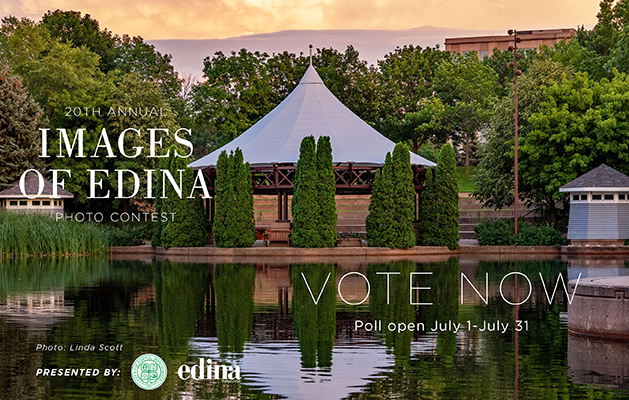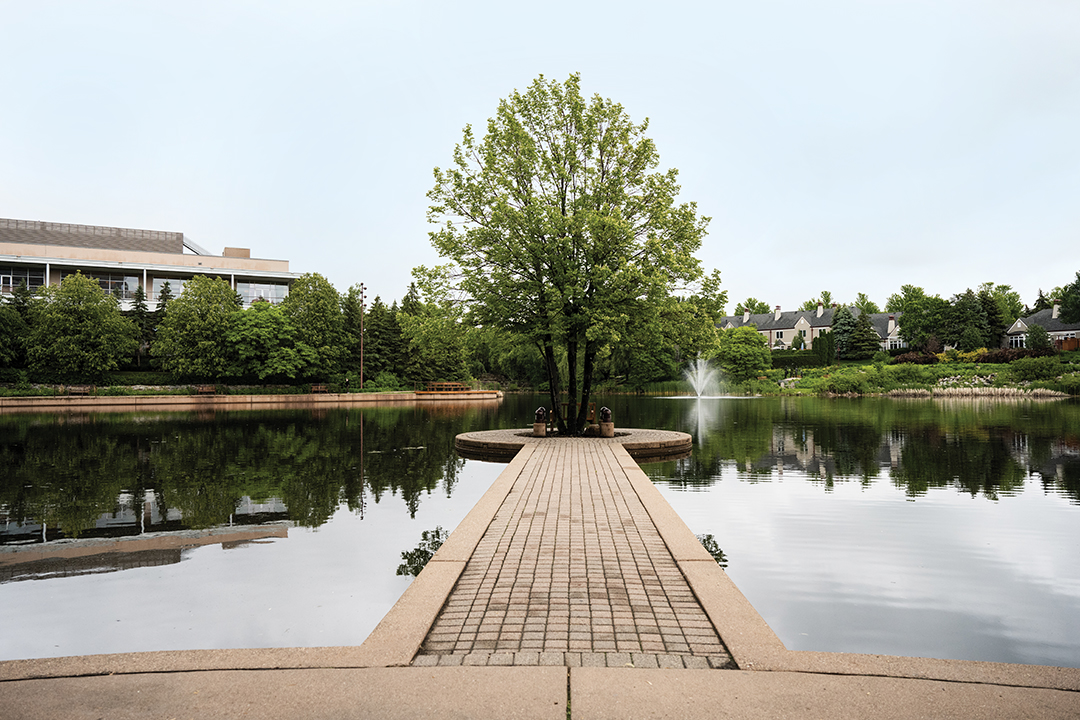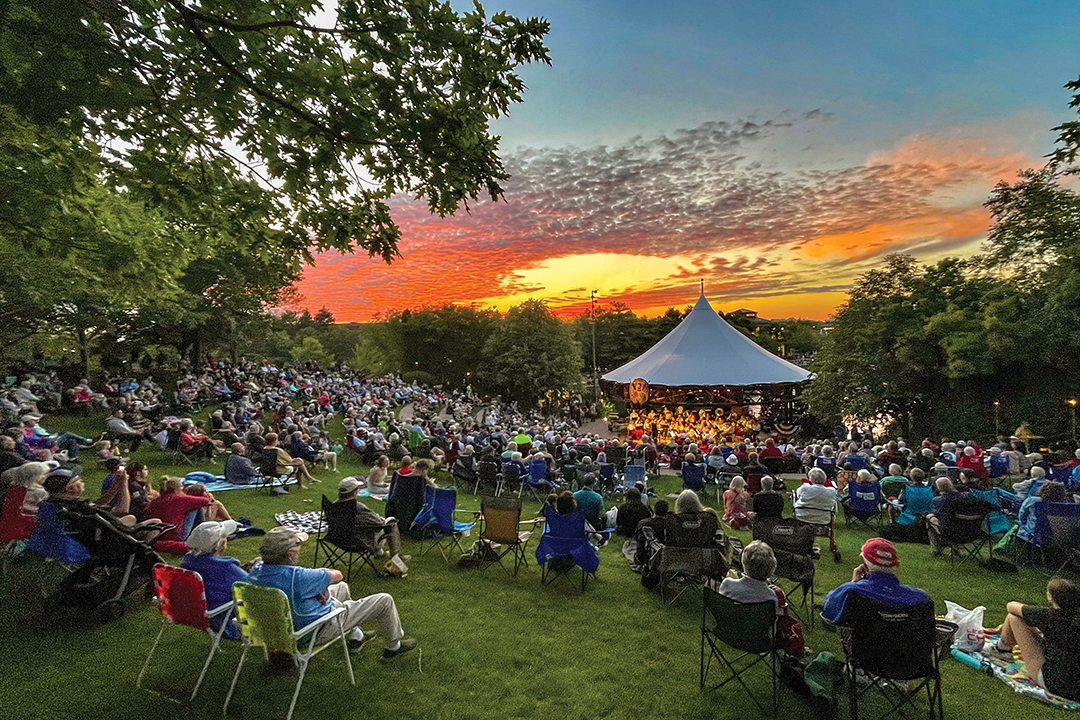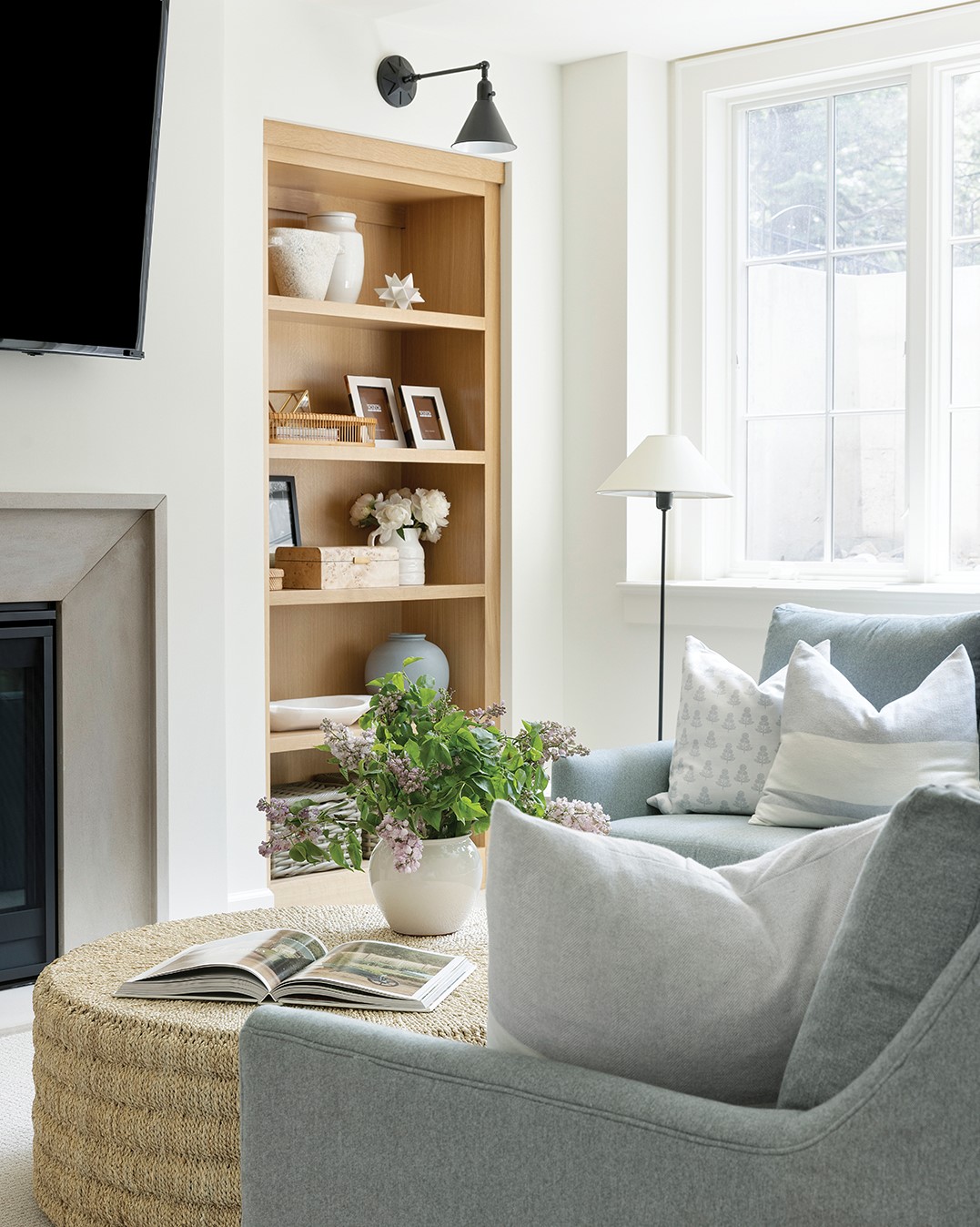
A rattan coffee table and wooden bookcase add texture to a family room. Photos: Spacecrafting
Bria Hammel Interiors takes an in-depth look at the latest in home décor.
Color plays a pivotal role in home decor, but one designer had a client present a challenge.
“Our client doesn’t love a lot of color,” says Bria Hammel, owner of Bria Hammel Interiors (BHI). “She wanted a peaceful, calming space. When that happens, we have to really lean into texture to make it feel layered and full. If it’s a neutral palette, it can fall flat. Texture is related to dimension. And so when you add in texture, that helps fill space.”
Fill Space with Intention
“It’s a matter of balance in the space, depending on what you have,” Hammel says. “You wouldn’t want to do all rattan furniture. So if you really love a rattan coffee table, then maybe the side tables need to be a different texture. A little bit goes a long way. If you do too much, it can just get a little too busy and get confusing to the eye. For us, it’s, ‘What are we drawn to? Where do we feel we need that texture?’ In this room where we had a rattan coffee table, the accent pieces we still wanted texture, but we knew it needed to be different.”
Other accents in the room were wooden shelves and a concrete resin side table. Even the accessories bring texture to the room.
“You can add texture in so many different areas of the home. It doesn’t have to be just in the furnishings,” she says. “It doesn’t have to be just the wallpaper. You can do it in the window treatments, the fabrics on the pillows [and] accessories on the bookshelf. You can add texture in a lot of different ways.”
Use Wallpaper
“We tell a lot of people, who are a little nervous about bringing wallpaper back, that one of the big issues with it was that it was poorly installed back in the day,” Hammel says. “Wallpaper’s come a long way. It’s pretty easily removable if it’s professionally installed. It’s a lot easier to do it knowing it’s not going to ruin your walls if you ever do want to replace it.”
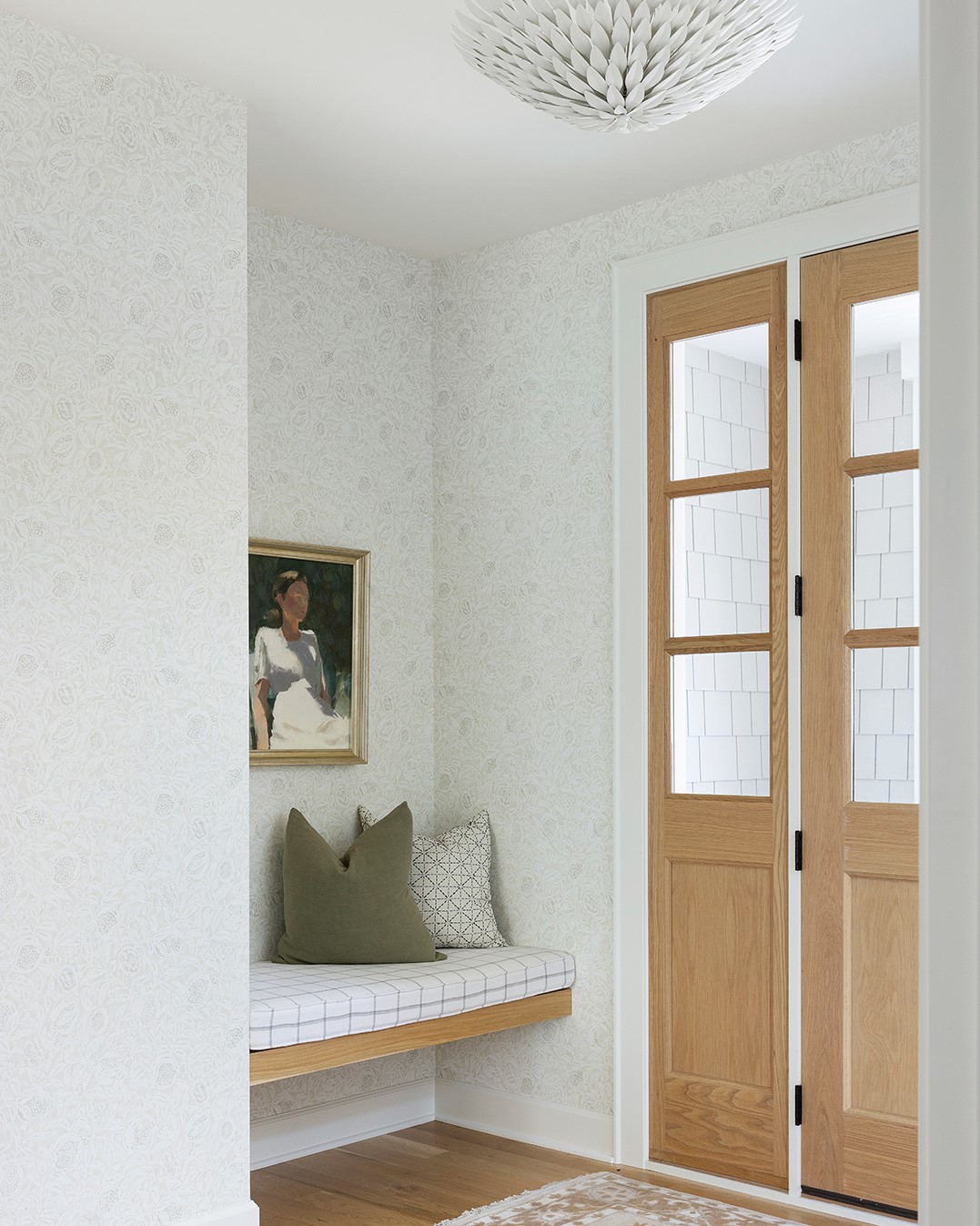
And wallpaper doesn’t need to be flashy or have a large pattern. “In the foyer, there’s a really pretty wallpaper that’s really subtle, but it’s acting more of a texture than a pattern,” Hammel says. “Even though it is a small pattern, it helps make the room feel more special.”
Window Treatments
“We have the soft fabric Roman shade in the window, but we also have a textured blind,” Hammel says. “Doing that double layering of textures adds more volume and life to the space.”
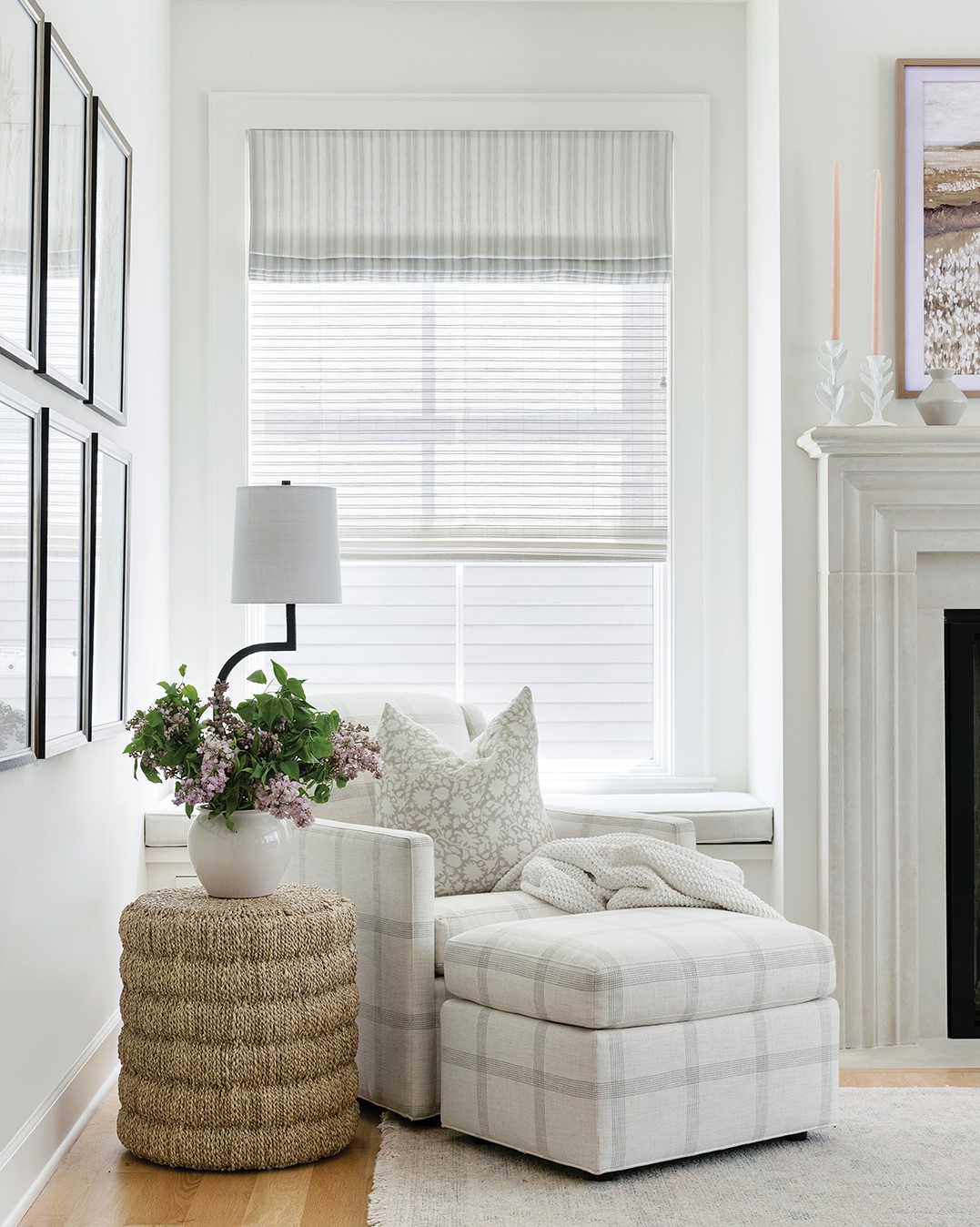
Other elements are cast stone on the mantle and various kinds of artwork. “We had to put contrast in the room,” say Katie Pieper, design team manager and lead designer. “You’ll see a group of bronze frames, the art, the lamp in this picture. And there’s also a bronze side table.”
Fabrics, Fiber and Stone
“You’ll see texture thrown in throughout the entire home,” Hammel says. “A lot of natural fibers and woven materials. You’ll see linens in the fabrics, materials and wallpaper shown here. We added the stone wall in this sitting room area, layering in that dimension.”

Even adding fabric to rattan or wicker can help. Pieper reupholstered the bar stools at the kitchen island in indoor-outdoor fabric from Brooke & Lou.
“That fabric is able to be cleaned,” Hammel says. “She doesn’t have to be so concerned about what the kids are going to eat on it. And, obviously, we add those cushions for comfort. It makes the hard wicker and wood chair sit a little bit softer.”
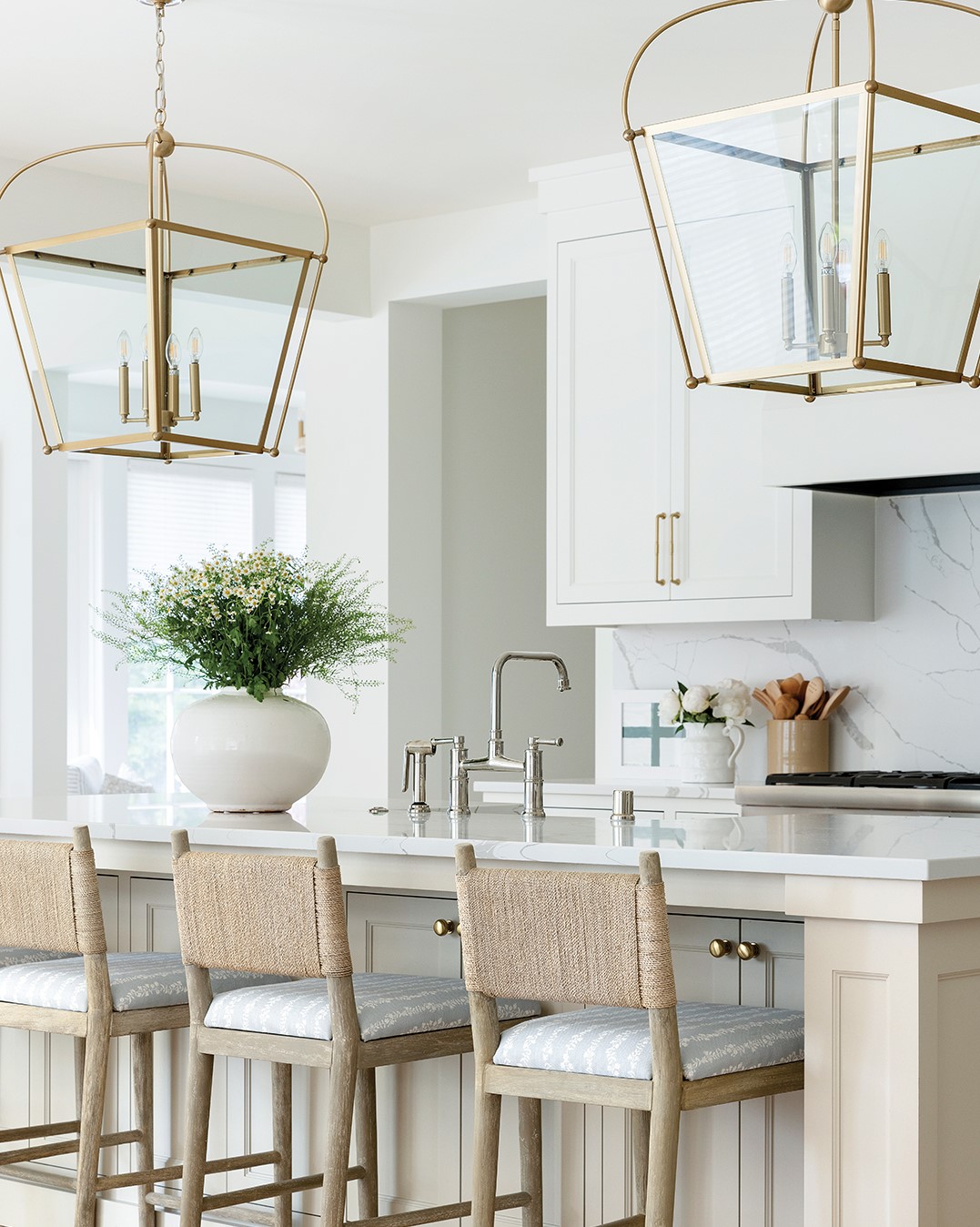
Architectural Details
Using natural wood elements also brings visual cohesion. Adding a bookshelf in the living room “breaks up all the white. Having more texture in the wood helps warm up the space,” Hammel says.
BHI also used exposed ceiling beams, which she says “add a little bit of millwork detail and more texture in the space and in the architectural details.”
All the attention to detail led to a harmonious space, says Pieper.
“When looking at how cohesive all the spaces feel, they all make a lot of sense together, but every space has its own personality,” Pieper says. “The team did a good job of blending those spaces together. Every room has a different source of texture to it, bringing the contrast in different materials in each space.”
Ask an Expert
We sat down with Bria Hammel, the CEO and creative director for Bria Hammel Interiors, our Best of Edina winner in interior design.
Edina Magazine: Congratulations on winning the Best Interior Design Firm in Best of Edina. You started Bria Hammel Interiors a month before your first child was born? What made you decide to embark on this adventure?
Bria Hammel: I knew I wanted to work, but I wanted to be in control of my schedule and not feel like I could never be home with my children. There wasn’t a company out there where I felt like I could be able to do both really well, so I decided to start it myself. I wanted to be able to create an environment for people to work where we get to do what we love but we have the flexibility of being a woman and all the things that come with that. Being able to have a space where they can feel like they can do it all and be here and have fun when they’re at work but also be able to have time at home. We’ve been able to create that space.
EM: How has being in this space benefitted you and your staff?
BH: I have a lot of my team who’ve been with me for more than half of the time of the business. It’s because we’ve created this environment where they can do both: They can be incredible designers and also really great moms. Everyone understands what we are going through. In a meeting, if you get the call your kid is sick at daycare and you have to go, we just support each other. We lift each other up in those moments. We take over for each other. We have a co-worker, who just got married in Italy. The rest of the team took her workload on. We do that for each other.
EM: You also have an e-commerce business called Brooke & Lou that provides accessories, furniture and décor. Why did you start it?
BH: It was twofold. When we design for clients, we tend to attract young families who really want to have beautiful homes, but they want to be able to live in their homes. They are typically high traffic and high entertaining … We kept having to invent products, create custom products that were high quality but also had a certain durability to them. After a while, we thought to ourselves, ‘If we have so many clients who want this product, there’s probably even more people out there in the world that want access to it, too.’ We wanted a place they can go to where they can know and trust that the products they’re purchasing are what we’ve trademarked now as Life Friendly.
EM: Do you always use Brooke & Lou in your interior design?
BH: We source from all over. It’s not exclusive to Brooke & Lou.
Bria Hammel Interiors
750 Main St. #214, Mendota Heights
Facebook: Bria Hammel Interiors
Instagram: @briahammelinteriors
Brooke & Lou
Facebook: Brooke and Lou
Instagram: @brookeandlou



